One of the stranger disputes of the past few weeks has concerned a Victorian figure that has occupied a niche in the centre of Oxford for more than a century without, for the most part, attracting any attention at all. Now, of course, the Rhodes Must Fall campaign is demanding that the sculpture — its subject having been posthumously found guilty of racism and imperialism — should be taken down from the façade of Oriel College. The controversy is a reminder of the fact, sometimes forgotten by the British, that public statues are intensely political.
This was clear — until quite recently, at least — when one drove into the Syrian city of Hama. There, dominating a roundabout, was a large bronze representation of the late President Hafez al-Assad. This was a reminder to the inhabitants not only of who was in charge, but also who had ordered that the centre of the town be blown up in 1982 and somewhere between 10,000 and 40,000 people massacred. Since June 2011 that statue has no longer been there.
Here in Britain we have never been particularly statue-conscious. With the exception of Nelson on his column, few of the monuments to the once powerful dotted around our cities have made much impression on the national consciousness. It is hard to imagine a memorable sculptural monument to any living British politician (though I am a little sorry the ‘Ed Stone’ was not saved as a curiosity for the V&A).
Elsewhere, however, it is different. Images of the Assad family may have been crashing down in Syria, but 2015 was a boom year for the statuary manufacturers of North Korea. All over the country, in accordance with some enigmatic political imperative, 3D representations of the ‘Eternal President’ Kim Il-sung, founder of the dynasty, are currently being removed and replaced by those of his descendants Kim Jong-il and Kim Jong-un.
This was the way things often went in the ancient world. The woman pharaoh Hatshepsut was erased from history by her successor Tuthmosis III, sometimes by the simple expedient of removing her name from carved figures, a process eased by the fact that she was often represented in male guise. Similarly unpopular Romans, such as the Emperor Domitian, were sentenced post mortem to damnatio memoriae or condemnation of memory. This, however, has seldom worked either in ancient or modern times. Hatshepsut is now one of the best known among the pharaohs, though not as famous as Tutankhamun — whose successors also attempted to eradicate his very name.
Nonetheless, the procedure is still popular. And when one statue falls, or is discreetly moved to the outskirts of town, another often rises. This was the case last year in Ashgabat, capital of Turkmenistan. The former president Saparmurat Niyazov had in 1998 erected a 75-metre monument commemorating his nation’s neutrality and vaguely resembling a space rocket. This was topped by a 12-metre, gold-plated revolving figure of Niyazov himself, which turned so that it always faced the sun.
Last May, the country’s current president Gurbanguly Berdymukhamedov — a former dentist — had Niyazov’s colossus replaced by an equestrian sculpture of himself, cast in bronze, covered with 24-carat gold leaf and set on a craggy spur of marble. The whole caboodle rises to an immodest 64 metres. Meanwhile, the golden revolving Niyazov has been transferred to a suburban site.
The sculptures of the great that are relocated, historically speaking, are the lucky ones. A worse end awaits those whose fate is decided by an angry populus, as in the case of a vanished work by Michelangelo, the more than life-size bronze portrait of Pope Julius II, which he made between the end of 1506 and the beginning of 1508. It took him more time to carve the David, but even so the Julius might well have been a masterpiece.
It was commissioned soon after papal forces conquered the city of Bologna, installed over the entrance of San Petronio — the principal church in the main piazza — and smashed to pieces soon after the Pope’s enemies retook the city in 1511. The bronze lasted such a brief time that not even a detailed description exists. Its fragments were melted down and recast into a cannon that was mockingly named after the Pope — La Giulia.
In France, some statues have gone through a similar process, sometimes more than once — having been liquefied and remade alternately according to the political situation. Giambologna’s equestrian monument to Henry IV on the Pont Neuf was destroyed in 1792, early in the Revolution. In 1818, however, after the restoration of the monarchy, it was reproduced, some of the metal being provided by a statue of Napoleon that had been on the top of the Vendôme Column.
The bronze Napoleon had taken the place of Louis XIV on horseback, and after its destruction in 1816 it was recreated once in 1840 by Louis Philippe, and again — in a more classical style — by Napoleon III. The whole column was taken down in 1871, during the Paris Commune, then re-erected afterwards (the painter Courbet, who had initially proposed the demolition, was saddled with the bill and had to go into exile in Switzerland).
On a much greater scale, the fate of the thousands of sculpted Stalins, Lenins and Karl Marxs that once strode and gestured all over the Soviet empire is an index of changing times. Several Lenins fell in western Ukraine in 2013 and ’14, but similar sculptural topplings have been going on for over half a century. In 1951, a colossal figure of Stalin was put up in Budapest to commemorate his 70th birthday. It was pulled down by revolutionaries in October 1956, leaving only a remnant of bronze footwear on the plinth. This farcical vestige was the subject of an ironic monument to the 1956 revolution entitled Stalin’s Boots.
Some of the homeless statues of Eastern Europe have found refuge in theme parks such as Gruto parkas (alternatively known as Stalin’s World) in Lithuania. This seems a good solution to the eternal question with all sculpture: where do you put it? The problem is especially acute with statues that have been knocked off their plinths. After all — who knows? — posterity might like the chance to see some of these figures.
‘Nobody can rewrite the history.’ So the leader of the Tajik Communist party, Shoddi Shabdolov, insisted in April 2011. His objection was to the removal of a 74-foot statue of Vladimir Lenin — rumoured to be the most colossal in Central Asia — from the centre of the city of Khujand. Mr Shabdolov was, of course, completely wrong about that: history is being tweaked and reinterpreted all the time. The difficult trick is to ensure your alterations are permanent.
It is, however, much easier to destroy a sculpture than to recreate it. The new Colossus of Rhodes, recently proposed to rise again in cash-strapped Greece, looks truly ghastly. The bronze and marble Assads and Kim Jong-uns may also be utter rubbish, artistically speaking. But many of us, not least the Bologna tourist board, might wish Michelangelo’s giant Pope Julius was still there, arrogantly dominating the city.
Got something to add? Join the discussion and comment below.
Get 10 issues for just $10
Subscribe to The Spectator Australia today for the next 10 magazine issues, plus full online access, for just $10.

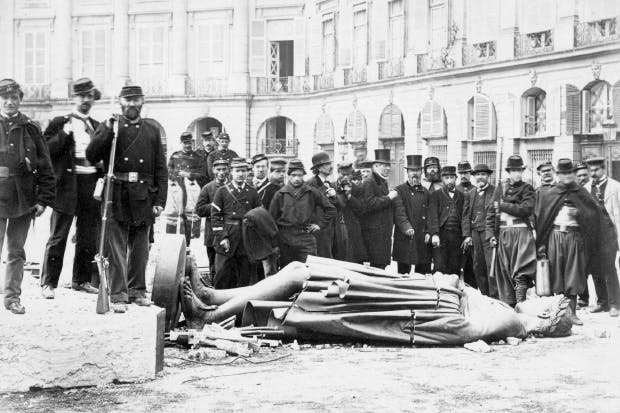
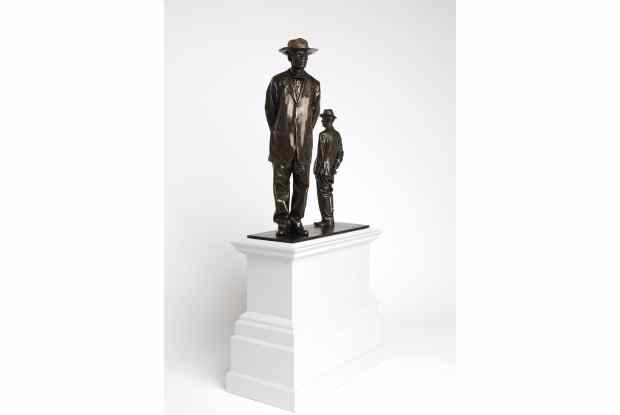


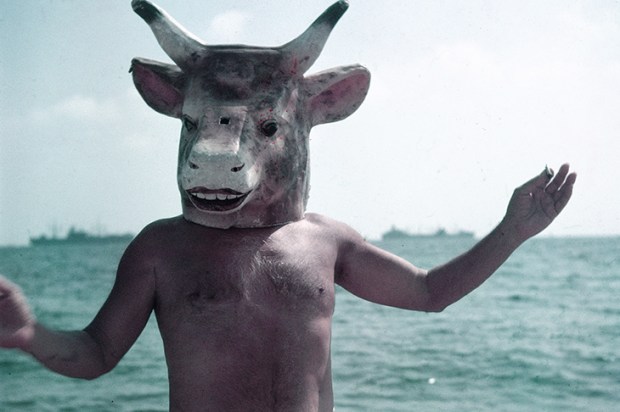
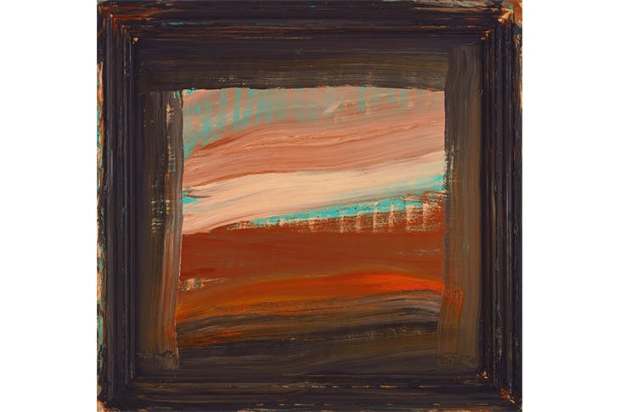
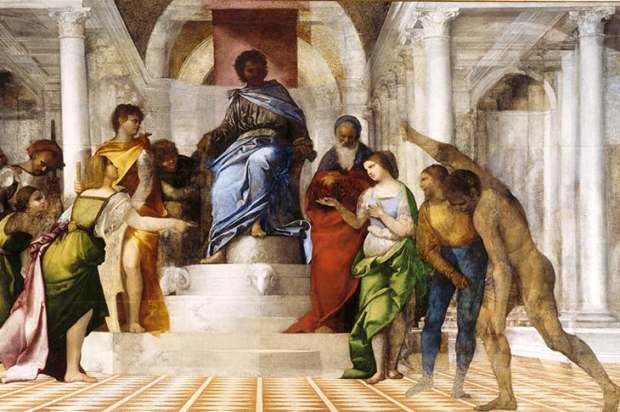






Comments
Don't miss out
Join the conversation with other Spectator Australia readers. Subscribe to leave a comment.
SUBSCRIBEAlready a subscriber? Log in